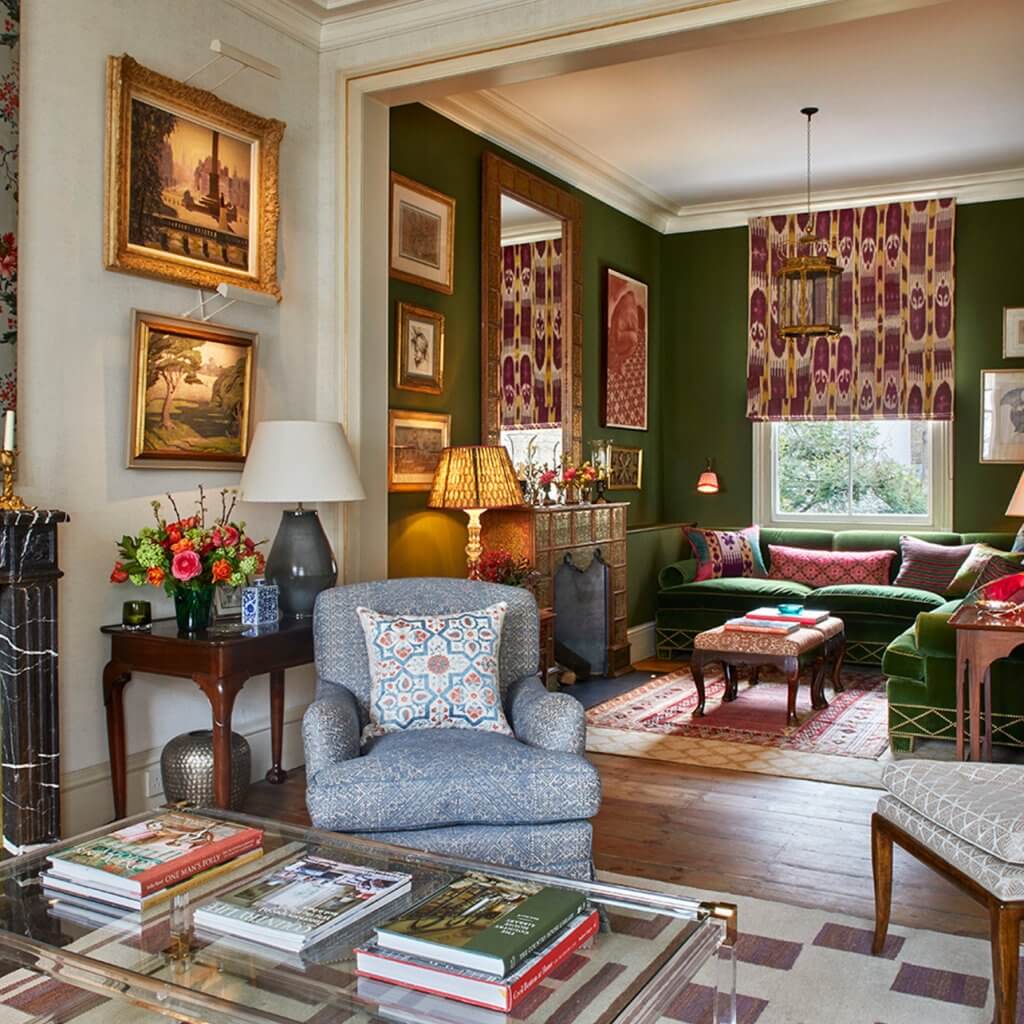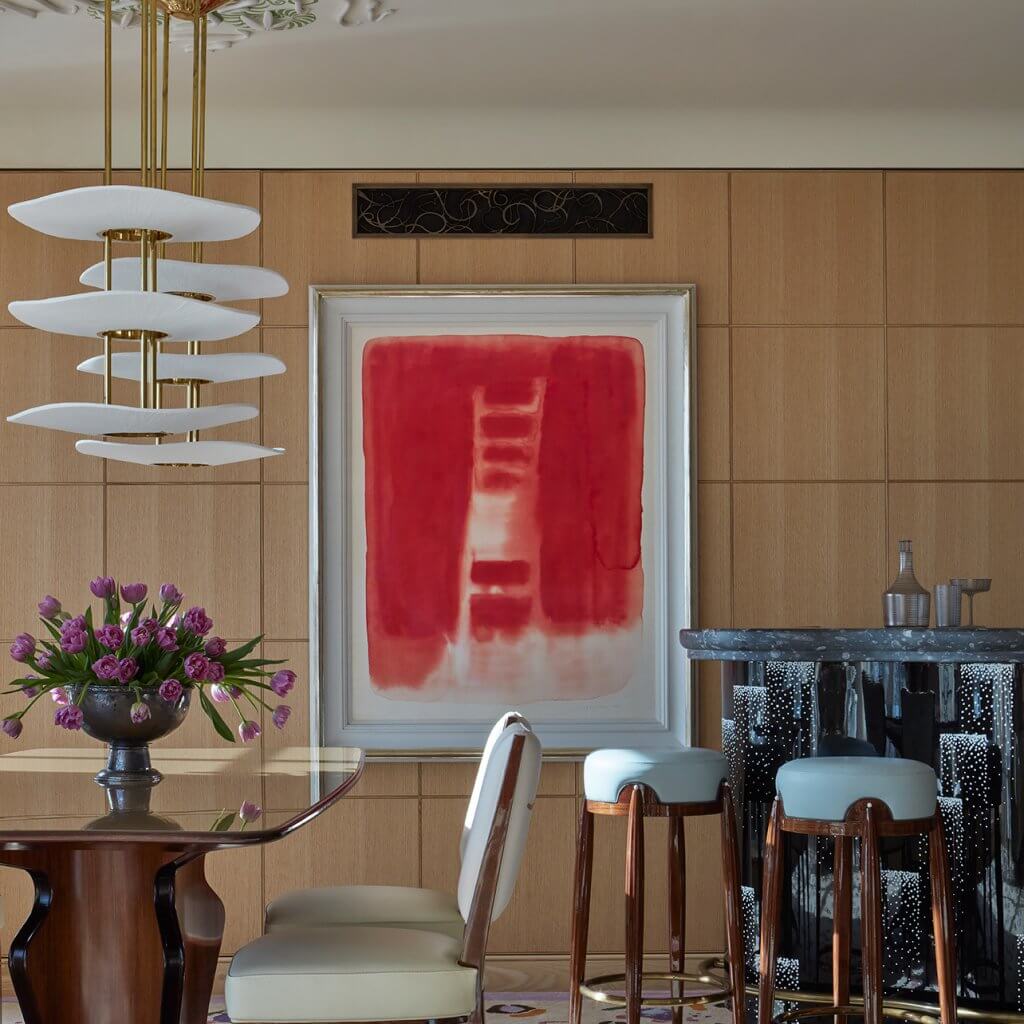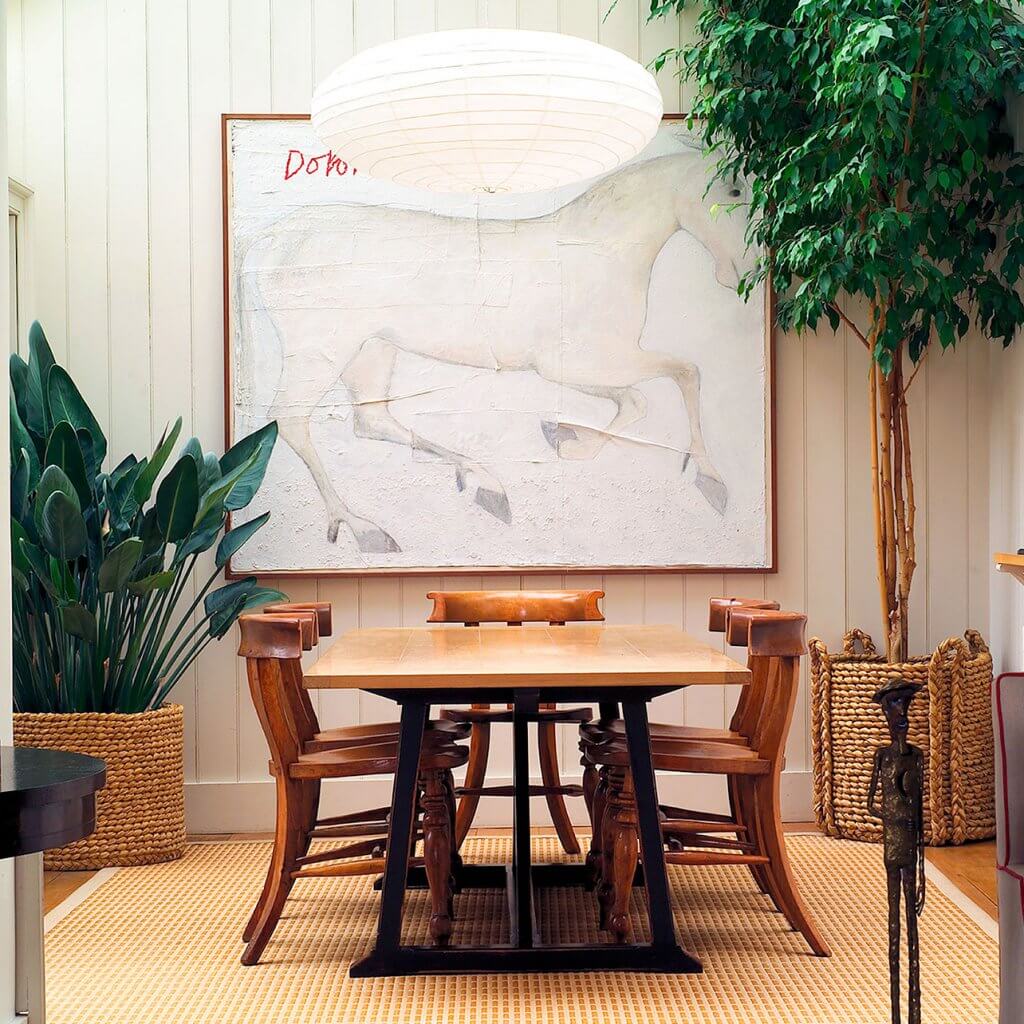Buying Art: Five Golden Rules

Are decorating, collecting or investing?
The answer is often a mix of all three. When decorating, the historical and financial value of a work will be of little consequence; avid collectors will take a more research-driven approach while investors might seek medium to long-term returns at the expense of developing a personal aesthetic. With the help of an art advisor, these priorities needn’t be mutually exclusive.
Look, listen, read.
Be visually literate before committing large sums of money—go to fairs such as Frieze and Frieze Masters in London or Art Basel. If time permits, look out for books by Phaidon or Thames & Hudson along with short reads such as Dark Side of the Boom: The Excesses of the Art Market in the 21st Century by Georgina Adam.


Buy what you like, but pay attention.
Everyone’s taste evolves. As advisors, we’re always thinking about what it would be like to resell an object later. By following a few simple rules and focusing on those artists who are well-known with relatively liquid markets, you can hone and prune a collection as circumstances dictate. This becomes especially pertinent when looking at younger artists. It’s often better to buy a top-tier print by an established artist than a unique work by an unknown one.
Negotiate.
The art market thrives on knowledge asymmetry: our job is to ensure our clients know as much as the dealers. When buying work on the primary market – where the work is being sold for the first time in a gallery – the accepted norm is a 10% discount (plus shipping if you’re lucky). Pressing for more than this can lead to offence. When buying on the secondary market, the dealer will price aggressively. With the right knowledge and expertise, you might be able to secure discounts of up to 40%.


Don’t ignore the details.
If buying at auction, make sure to factor in buyer’s premium, VAT on the buyer’s premium, import VAT, artist’s resale rights, shipping, and framing costs. Unless a work is brand new, always ask for detailed condition reports and inspect a work in person—off the wall or out of the frame (the latter hides all manner of sins). Research market history to understand the value. Frame using conservation-grade materials and consider placement (photographs and works on paper should be out of sunlight).
Art consulting is one of the aftercare services available to RedBook clients. If you wish to discuss this, please don’t hesitate to contact our Head of Partners, Zahra Taleifeh, zahra@redbookagency.com.

